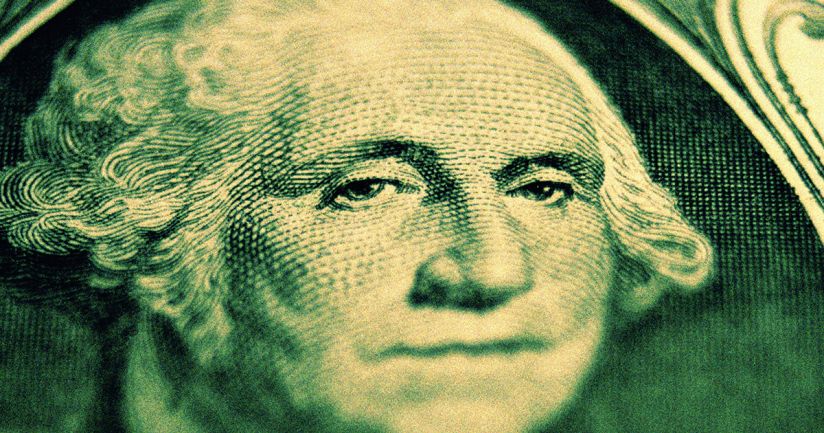L'AGEFI Hebdo - A strong dollar is still in the US interest

A highly accommodative fiscal policy, a central bank signalling tolerance for inflation overshoot and large twin deficits tick many of the boxes for higher US bond yields and dollar depreciation. That Treasury Secretary Yellen did not utter the usual mantra of “a strong dollar being in the US interest” and instead opted a slightly less committal statement that “the value of the US dollar and other currencies should be determined by markets”, only added to the case for the dollar bears.
A highly accommodative fiscal policy, a central bank signalling tolerance for inflation overshoot and large twin deficits tick many of the boxes for higher US bond yields and dollar depreciation.
That Treasury Secretary Yellen did not utter the usual mantra of “a strong dollar being in the US interest” and instead opted a slightly less committal statement that “the value of the US dollar and other currencies should be determined by markets”, only added to the case for the dollar bears.
Rolling back the clocks to the Trump Administration, the value of the Greenback was the topic of much controversy and accusations of currency manipulation often formed part of the justification for the policies that saw the US impose, or threaten to impose, trade tariffs on several key trading partners. The Biden administration promises less raucous rhetoric, but the idea that a weaker dollar could help deliver on the goal of bringing manufacturing jobs back to America is still present. As events unfold, however, the new US administration could change its mind.
The yield on the US 10-year benchmark has increased sharply since the turn of the year and is now essentially back at pre-pandemic levels. In absolute terms, however, it remains low at around 1.6%. Moreover, looking at the equivalent real yield on inflation-linked bonds, this remains compressed well into negative territory at just below -0.8%. Turning to the broad trade weighted dollar this spiked in the early days of the pandemic as investors sought safe harbour, but has depreciated, albeit still slightly above its real long-term average. Consensus is that as pandemic related restrictions are lifted and the US economic recovery gains momentum, yields will head yet higher and the dollar lower.
For regions such as the euro area, this view offers a rather unpalatable cocktail of seeing exporter competitiveness eroded by a weaker dollar and higher US bond yields partly spill over to domestic bond markets. It’s no wonder that the ECB has sought to lean against this by offering a dovish stance of its own.
For regions with large external dollar denominated debts, as is the case for a number of emerging economies, the loss of exporter competitiveness may be more than offset by the gain from the lower cost of servicing dollar debt where revenues are in domestic currency. Keep in mind, that the currency effect plays in on the full debt amortisation schedule, while higher interest rates only impact debt servicing.
Returning to the US, the Federal Reserve may find it increasingly difficult to maintain its present dovish stance as activity picks up, and not least if accompanied by higher inflation numbers. If it nonetheless did so, this could see the yield curve steepen sharply and de facto tighten the domestic financial conditions in the US, with the risk also of unnerving the equity market, and not least for those corporates with high debt levels. It worth recalling, moreover, that to the extent that such a configuration leads to further dollar depreciation, this would only add to the inflationary pressure in the US through the import price channel.
If instead the Federal Reserve were to tighten policy, by first tapering asset purchases and later on hiking interest rates, this should to the contrary encourage the dollar to appreciate, help dampen inflationary pressure and may even cap the spike up in long bond yields. Such a policy would, moreover, ensure international investors of the US willingness to run policies to protect the real value of the dollar, underpinning its reserve currency status and with that the twin privileges that this offers. First, the US is able to fund a large chunk of its sovereign debt externally at attractive yields. Second, the role of the US dollar in the international monetary system provides the US an exorbitant level of economic sovereignty; something that is coveted by both the euro area and China.
With privilege comes obligation, and the US must be mindful of course that too strong a dollar could become problematic as this increases the cost of the aforementioned external dollar debt; a crisis in a major emerging economy would clearly not be in the interest of the US. Weighing up the balances in the current context, the old mantra of a strong dollar being in the US interest could well again prove its worth, on condition of being not too strong.
-
 Michala Marcussen
Michala MarcussenChief Economist and Head of Economic and Sector Research for the Group